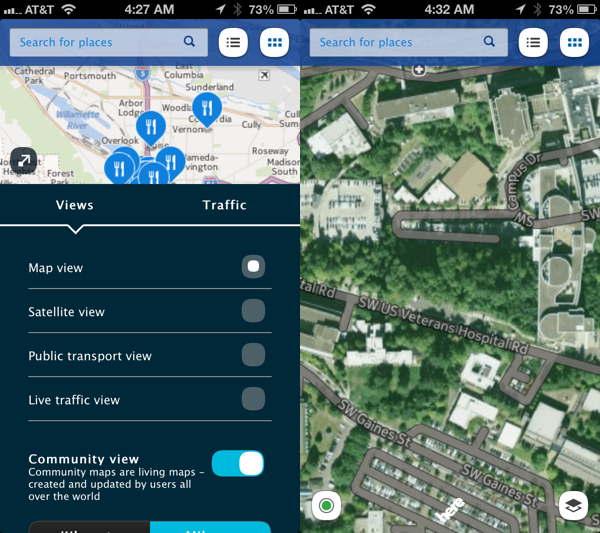Once the end of that countdown is met, Windows XP will cease to receive patches and other security updates. The operating system will therefore become dangerous for consumers, and anathema to the enterprise, for whom security is paramount.
Windows XP is coming to an end, and to fully migrate its user base – which won’t happen – the market would need to shift 1 million users a day to a more modern operating system.
However, a security breach might not be the worst of it. Journalists will be only too keen to write up the first few stories about companies whose defenses are penetrated because they are still using an obsolete operating system, so the damage to their brand and reputation could be unusually large. And rather than the polite sadness that sometimes colors such stories, victims can expect a well-deserved splattering of glee.
Still, there is no pain without gain. As well as profits for law firms, the end of XP could mean big bonuses for suppliers of cyber-liability insurance. With security breaches typically costing companies thousands of dollars/pounds a time, hefty insurance premiums would increase the already-high cost of sticking with Windows XP.
follow us on twitter for more updates...



